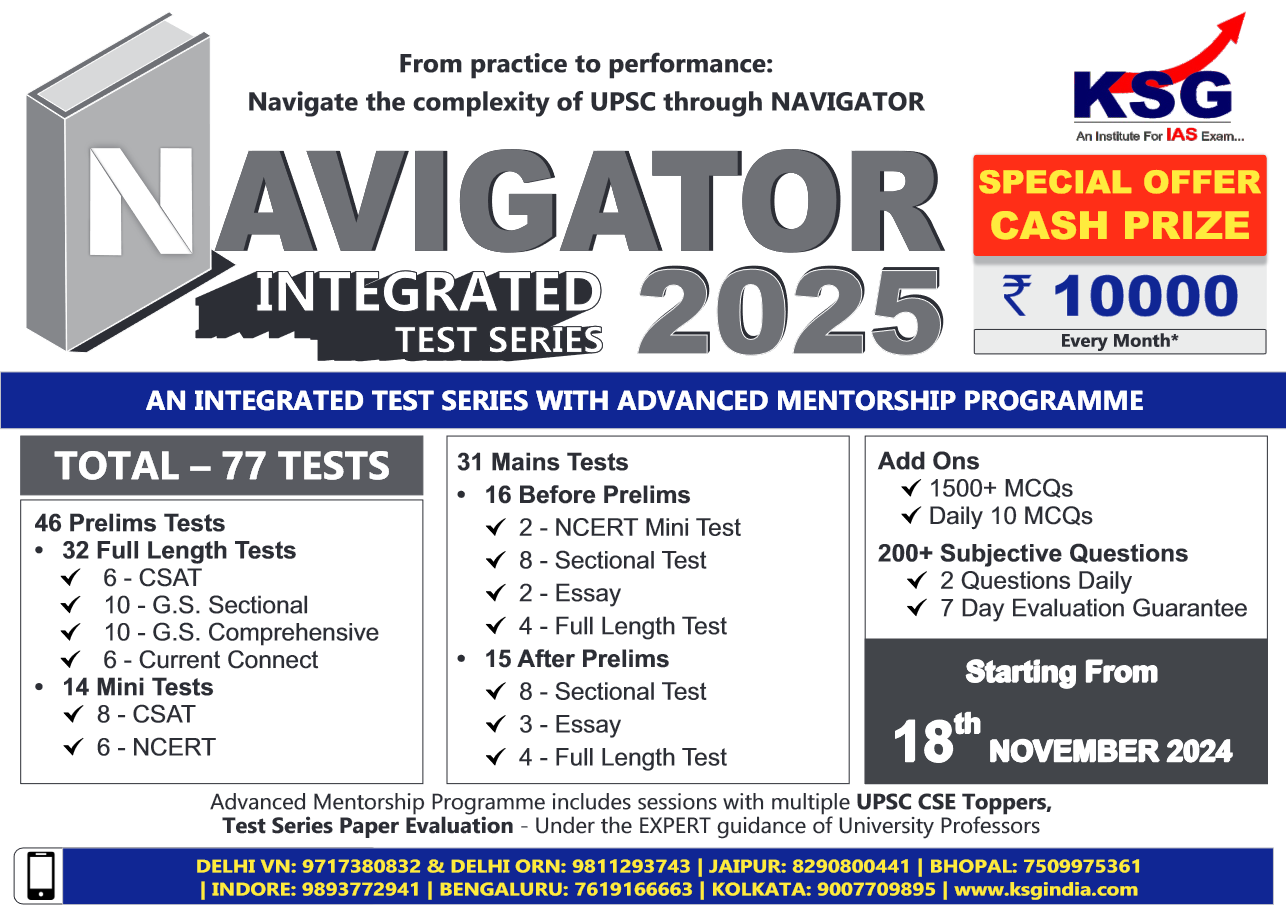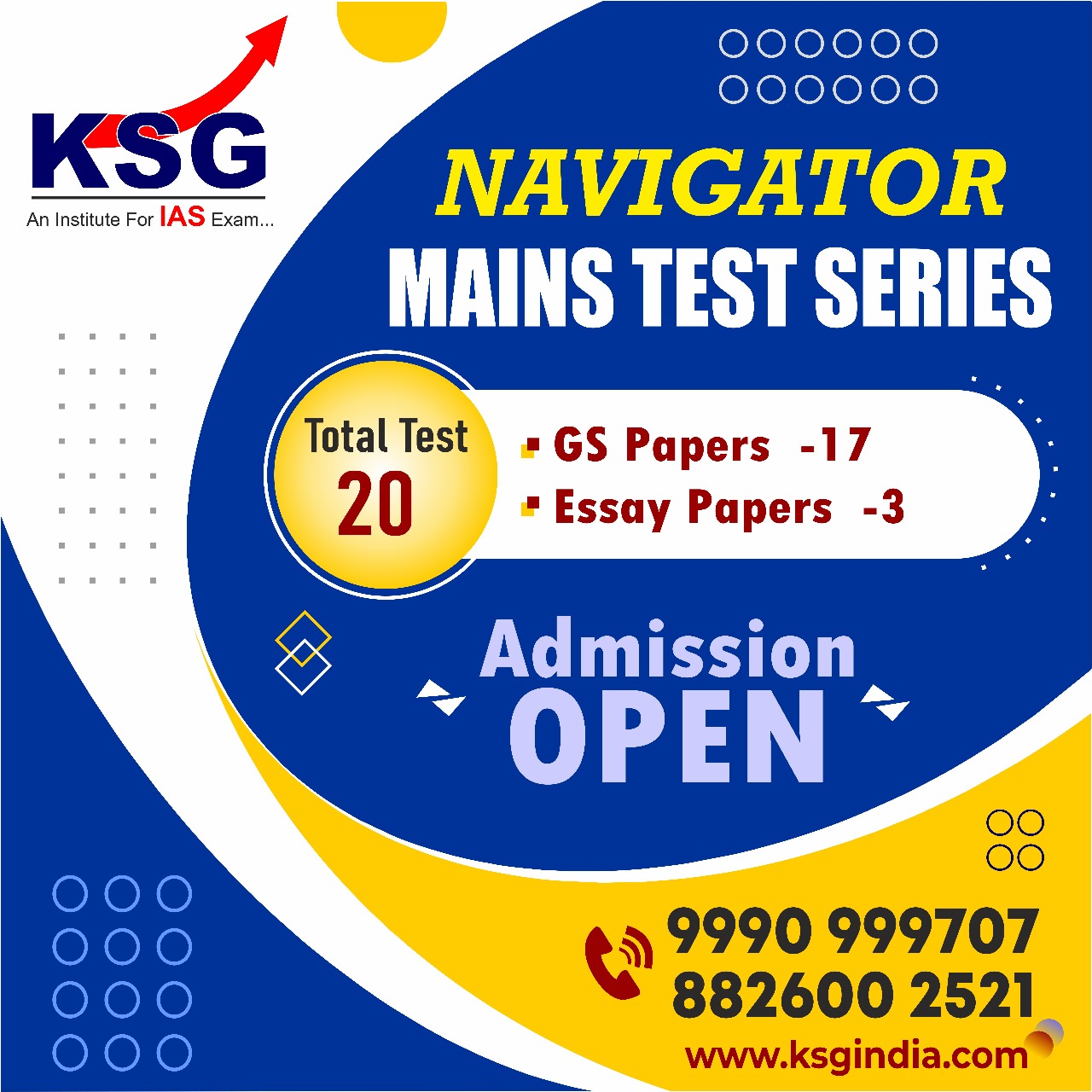News Excerpt:
Indigenous equipment called ‘Single Screw Extruder’ has been developed for mechanical recycling through melt-mixing of waste thermoplastic polymers and inorganic particulate fillers.
About the new equipment:
- IIT Bombay has developed an instrument named GolDN (pronounced Golden) for melt-mixing waste thermoplastic polymers and inorganic particulate fillers to manufacture polymer composites.
- At present, commercially available melt-mixing equipment is not designed for handling waste thermoplastic polymers that are often adhered to by contaminants, as the barrel and screw system are not robust enough.
- It can carry out melt mixing as a continuous process, particularly in laboratory conditions, to replicate real-life conditions compared to other conventionally available instruments.
- The above technology is now ready to commercialize melt-mixing operations in a laboratory environment.
- It can bring down the cost of this instrument to INR 5 lakhs (by 6-8 times at least) by avoiding the complex design and operating tools and including the required indigenous fabrication.
- The new equipment will help manufacture and characterize polymer composites that can be molded to the required shape for making paver blocks, tiles, and bricks.
- The researchers have also developed a TGeosA for obtaining thermogravimetric analyses of the polymer composites obtained from the melt mixing instrument.
About Single Screw Extruder:
- Single screw extrusion is one of the main types of polymer processing operation.
- The principal function of a single screw extruder is to build up pressure in the polymer melt so that the polymer can be extruded through the die.
- Most of the single screw extruders are plasticating which means that the solid resin balls or powders melt in the screw due to the pressure.
- However, some single screw systems can be used for mixing also.
- Extrusion Process:
- Single screw extruder consists of a screw, barrel, drive mechanism, resin feed arrangement, and controls.
- The constantly turning screw moves the resin through the heated barrel where it is heated to the proper temperature and blended into a homogeneous melt.
- A turbulent back pressure is built up which pushes the melt out of the extruder in the shape of the die.
- Although their utility as mixing equipment is somewhat limited, their key advantages include relatively low cost, straightforward design, ruggedness, and favorable performance/cost ratio.



